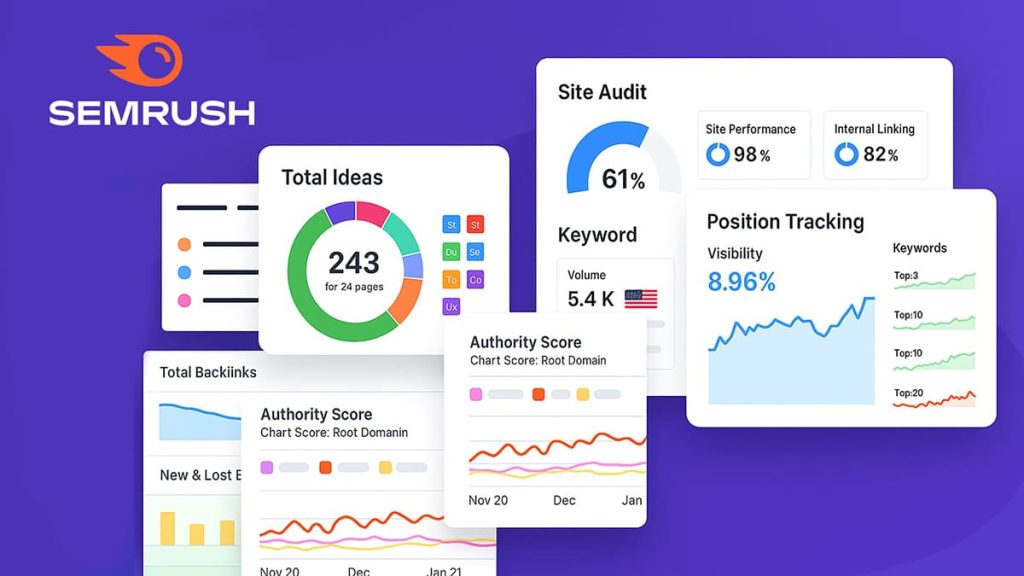Faceless doesn’t mean soulless
I’ll admit it at first, the idea of publishing a video without showing my face felt… strange. Cold, even. Would it feel authentic? Would anyone care? But here’s the thing: when I uploaded my first AI-generated video with a digital avatar, not only did I save over three hours of shooting and editing I actually got more comments than usual. Real engagement.
The truth? Faceless doesn’t mean soulless. It means efficient. Especially if you’re camera-shy, short on time, or simply don’t want to deal with complex setups. Today, tools like AI avatars and synthetic voices offer a quiet revolution: expressive, fast, and surprisingly personal video creation.
And no, it’s not about cutting corners. It’s about giving your ideas room to shine without a tripod, makeup, or stage fright.
How AI avatars turn scripts into videos in minutes
Let’s start simple: an AI avatar is a digital character animated, lifelike, often expressive paired with a synthetic voice that reads your script. Think of it as your virtual presenter, minus the studio, the gear, or the nerves. These avatars replicate human gestures, eye contact, and lip sync with surprising accuracy, making them ideal for delivering content with personality.
Now here’s where it gets really interesting: instead of setting up lights, filming takes, and editing clips, all you need is a script. The rest? It’s automated. Choose an avatar, pick a voice, paste your text and within minutes, you’ve got a polished video.
This doesn’t just cut corners; it changes the game.
- You go from days to minutes.
- From hundreds (sometimes thousands) of dollars to a simple monthly subscription.
- And best of all, you don’t need to know anything about video production.
Here’s a quick breakdown to illustrate just how much time and budget you’re saving:
| Method | Average time | Approx. cost |
|---|---|---|
| Traditional video | 2–5 days | $$$ |
| AI avatar + voice | 15–30 minutes | $ (subscription) |
Some of the best use cases I’ve seen include:
- YouTube “faceless” content that looks clean and consistent
- Internal training videos, where clarity matters more than charisma
- Multilingual presentations without hiring translators or re-recording
- Quick social media clips with zero editing overhead
“We reduced 80% of our production time thanks to avatars without compromising quality.” – Growth Lead, EdTech startup
Lifelike voices and avatars: tools that save time
Let’s be honest AI voices used to sound like a bad GPS. Flat, robotic, weirdly punctuated. But today? That stereotype doesn’t hold up. AI-generated voices have evolved dramatically. They now carry emotion, nuance, and pacing that feel… human. Sometimes, eerily so.
I still remember the first time I heard one of my scripts read by a synthetic voice that actually matched my tone soft in the intro, assertive by the conclusion. It felt uncanny, but in the best way. And that’s the kind of polish you can now expect from top-tier avatar tools.
Here are three multitasking platforms leading the charge:
- Heygen: Probably the most expressive in terms of visuals and tone. Their avatars smile, blink, pause like real presenters. Ideal for YouTube, ads, or short educational clips.
- Synthesia: A strong contender when you need voice quality across multiple languages. It’s smooth, realistic, and built for scaling content without re-recording.
- Elai.io: Focused on customization and workflow automation. You can generate bulk videos, reuse templates, and keep everything aligned with your brand.
If you’re picking a tool, don’t just go by the prettiest interface. Ask yourself:
- Does it offer a wide variety of avatars to match different audiences?
- Can you feed in scripts easily, or even generate them with AI?
- How natural is the voice delivery speed, emotion, tone?
- What languages and accents are supported?
- Are there free or trial plans so you can test without commitment?
“The avatar nailed my tone better than I expected AI voices have come a long way.” Freelance content creator
These tools aren’t just about convenience they’re a gateway to smarter, faster workflows. Especially if you’re aiming to scale content like in The smart video workflow: how to 10x your video creation with AI.
From script to screen: a mini walkthrough
If creating a video used to feel like assembling IKEA furniture blindfolded today, it’s more like ordering takeout. Quick, guided, and almost impossible to mess up.
Here’s the simplified workflow I follow whenever I need a clean, professional-looking video fast:
- Write or generate your script.
You can write it yourself or use an AI copy tool to speed things up. - Choose your avatar and voice.
Go with one that fits your audience and tone some platforms offer filters like age, gender, language. - Customize background, tone, and language.
Whether it’s a classroom, a branded office, or a simple white backdrop, you’re in control. - Click “generate” and wait a few minutes.
Your script gets lip-synced, narrated, and rendered all in one go.
The magic? No camera, no microphone, no editing suite. Just your message, delivered cleanly.
Here’s a real example of a prompt I tested recently:
Prompt: “Create a 60-second video in a friendly tone, using a male avatar in a classroom setting. Topic: ‘3 tips to stay focused when working from home’.”
Within ten minutes, I had a polished video ready to share. No timeline scrubbing, no rendering hiccups. Just… done.
“La fluidité du processus m’a bluffé. J’ai remplacé 4 h de montage par 10 minutes de clics. C’est addictif.”
It’s not about replacing humans it’s about saving them time
When I look at how much time I used to spend on just one video (scripting, filming, fixing lighting issues, cutting awkward pauses), it’s honestly wild to see what AI tools can do now. They don’t replace creativity but they do clear the runway for it. With avatars and smart voices, I get to focus on the message, not the mechanics.
If you’ve been holding back from video creation, maybe it’s time to try a different approach. These tools aren’t just efficient they’re empowering. And if you’ve used one already, I’d love to hear what surprised you most. Drop a comment and let’s compare notes.








